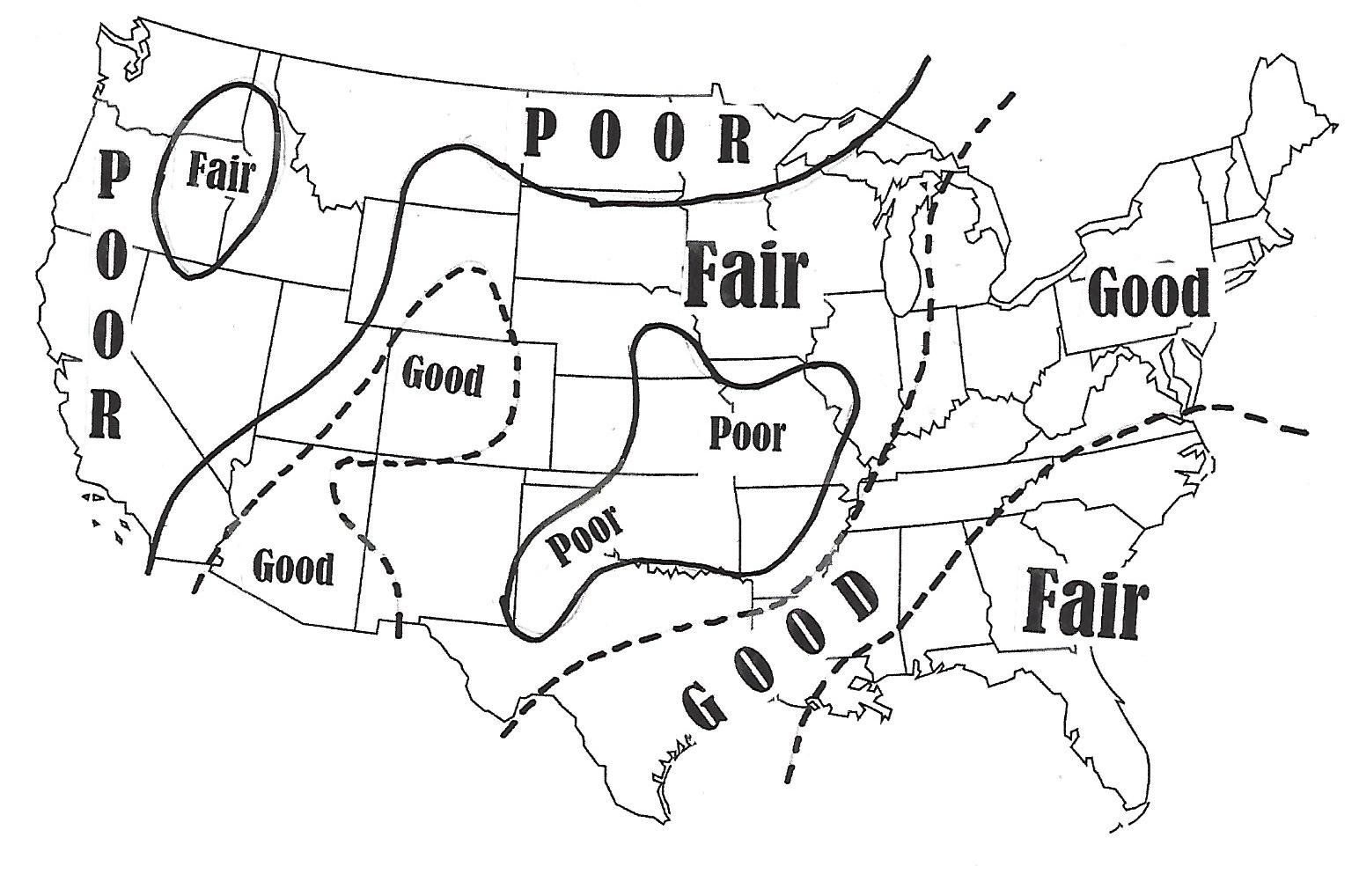The weather looks great ahead of the total Blood Moon lunar eclipse tomorrow (Nov. 8).
About half of the contiguous 48 states will enjoy mainly clear skies, providing a perfect backdrop for viewing the total eclipse of the moon that will take place early on Election Day morning.
A large ridge of Canadian high pressure centered over central Ontario which will ridge southeast into the Northeast, middle Atlantic, Ohio and Tennessee River Valley and eastern Great Lakes states ensuring good viewing conditions for Tuesday morning’s moon show. This region of the country will have the best viewing odds for the eclipse. Boston, New York, Baltimore, Columbus and Nashville all should enjoy fine views. Clear weather could extend all the way down to the Gulf Coast and southern Texas, allowing places like Shreveport, Houston and Austin fine views as well. Another area that looks particularly promising is across much of Arizona as well Colorado.
No matter where you live, you’ll be able to watch the total lunar eclipse on Space.com for free, courtesy of several webcasts from observatories across the United States.
Related: The 1st ever Election Day Blood Moon lunar eclipse is coming on Nov. 8
In contrast, a rather stormy pattern will unfortunately produce widespread clouds across the Northern Plains and the Far Western States. In addition to rain, over the highest terrain areas of southern Montana, Idaho and Nevada will likely see several inches of snow. The heaviest snows are expected over the Sierra Nevada Mountain range of California where a foot or more is expected. Places that will probably be denied of any views of the lunar show include Seattle, Portland, San Francisco and Los Angeles.
A small disturbance over the nation’s midsection could bring clouds, showers and a rumble or two of thunder spoiling the view for parts of Nebraska, Kansas, Oklahoma and the Texas Panhandle.
Between a dissipating frontal line over the Piedmont and a strengthening ocean storm well east of Florida scattered to broken cloudiness will prevail, possibly providing occasional views of the darkening moon through cloud breaks. Similarly, the Columbia Plateau of eastern Washington State and immediately east of the Cascade Range and the Great Basin of central and eastern Oregon and adjacent western Idaho might see some fortuitous breaks in the clouds open up during eclipse time.
Examine our map which shows the chances of clear skies for the eclipse, graded on a three-point scale: Good, Fair and Poor.

Of course, we stress that our National Outlook is merely a generalization — a “broad-brush look” at sky conditions from coast to coast. For a more detailed and localized outlook, we suggest checking the latest updated forecast from your local National Weather Service office. Here is link to the National Weather Service Organization (opens in new tab) page that lists all of the Weather Service Forecast Offices across the United States, including Alaska, Hawaii and the Pacific Region. Just click on the office that serves your area to get not only the latest weather outlook, but access to local radar and satellite imagery as well.
If you’re clouded-out of Tuesday’s eclipse, you’re going to have a bit of a wait until the next one. North America’s next opportunity to see another total lunar eclipse will not come until the after-midnight hours of March 14, 2025.
We wish one and all good luck, and clear skies!
Joe Rao serves as an instructor and guest lecturer at New York’s Hayden Planetarium (opens in new tab). He writes about astronomy for Natural History magazine (opens in new tab), the Farmers’ Almanac (opens in new tab) and other publications. Follow us on Twitter @Spacedotcom (opens in new tab) and on Facebook (opens in new tab).

